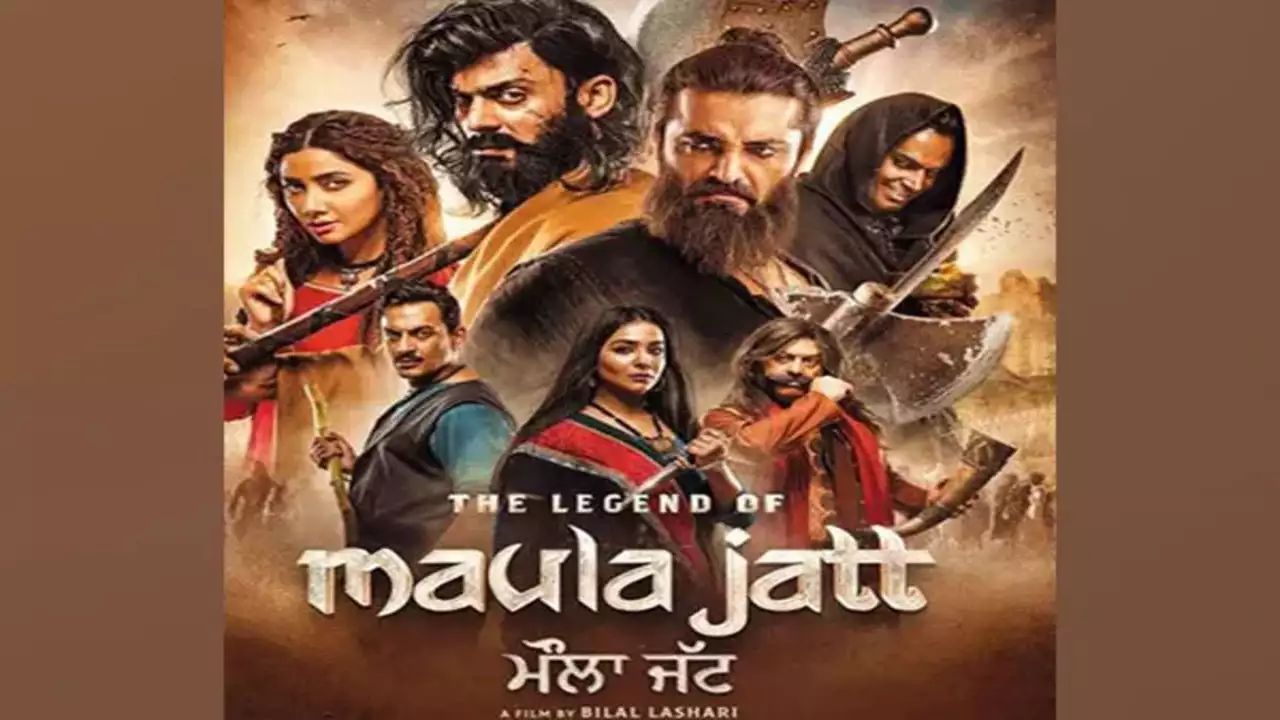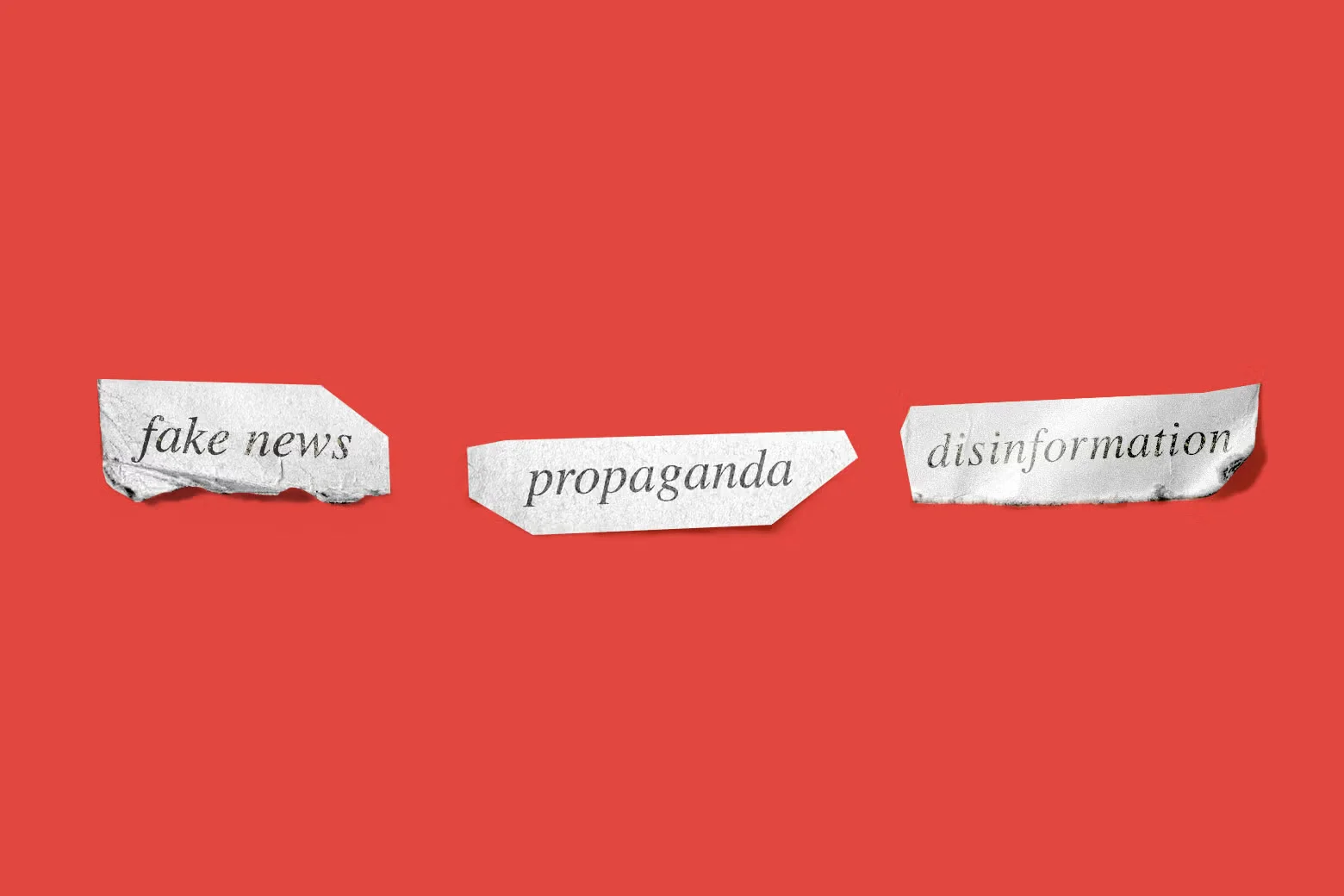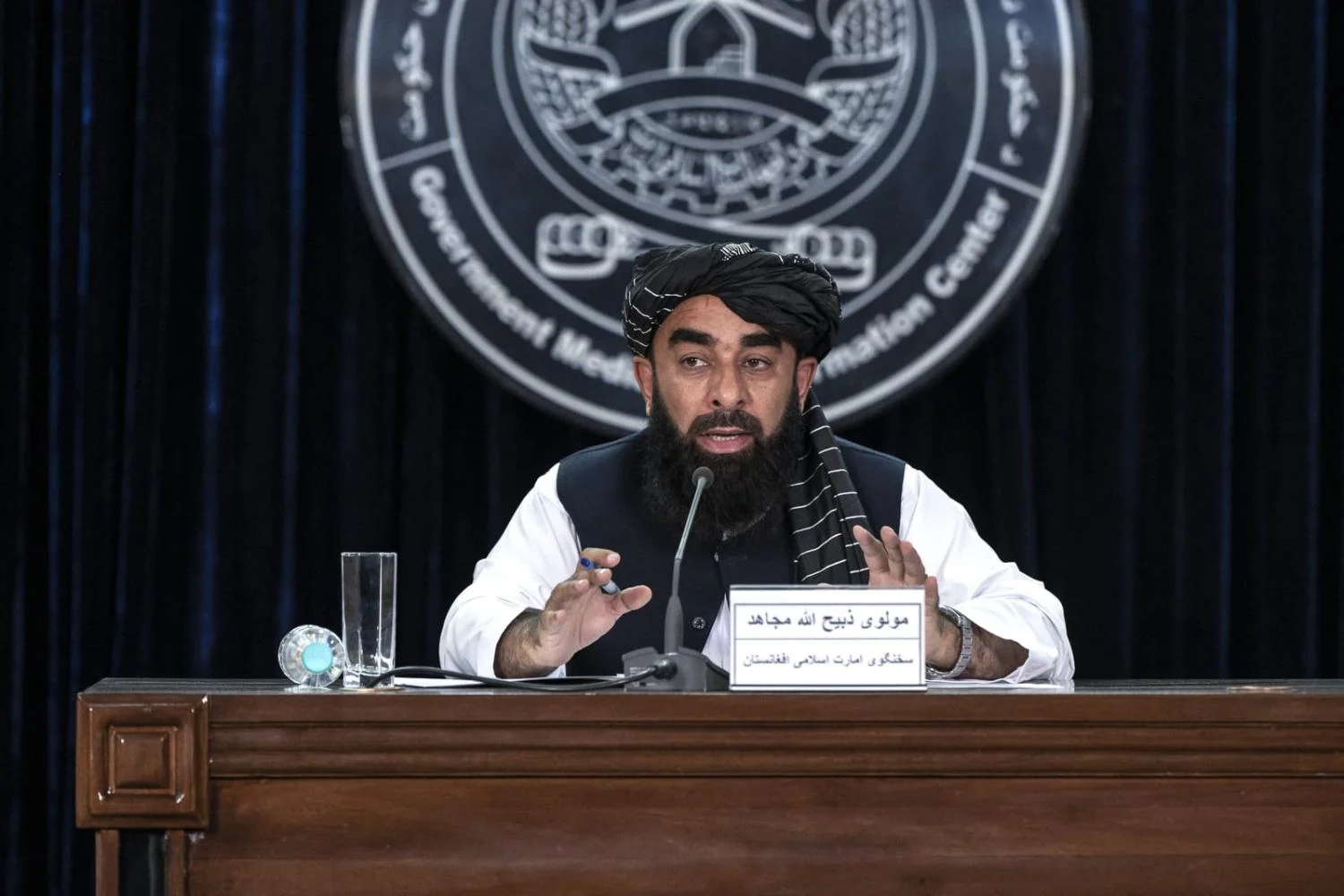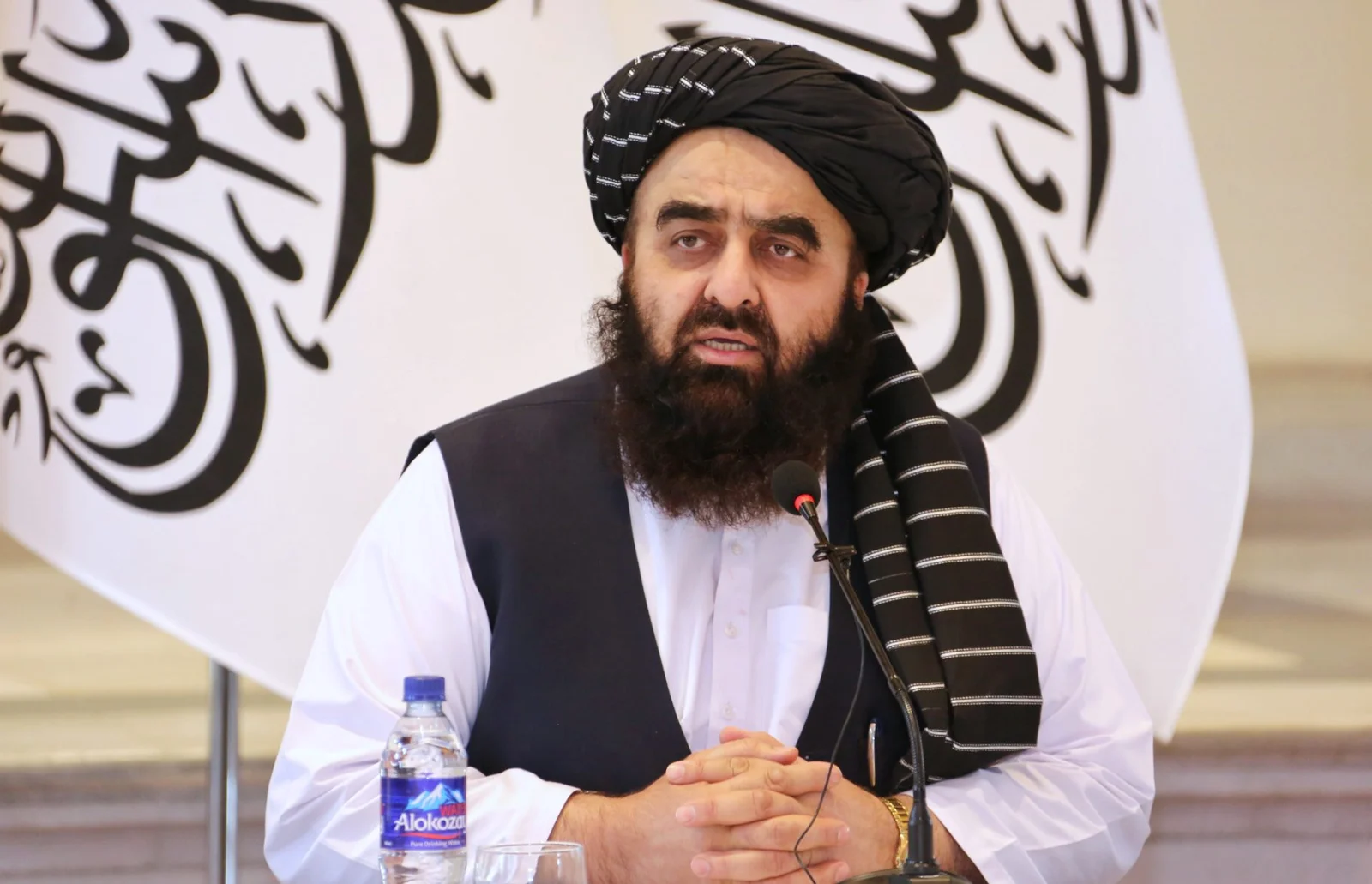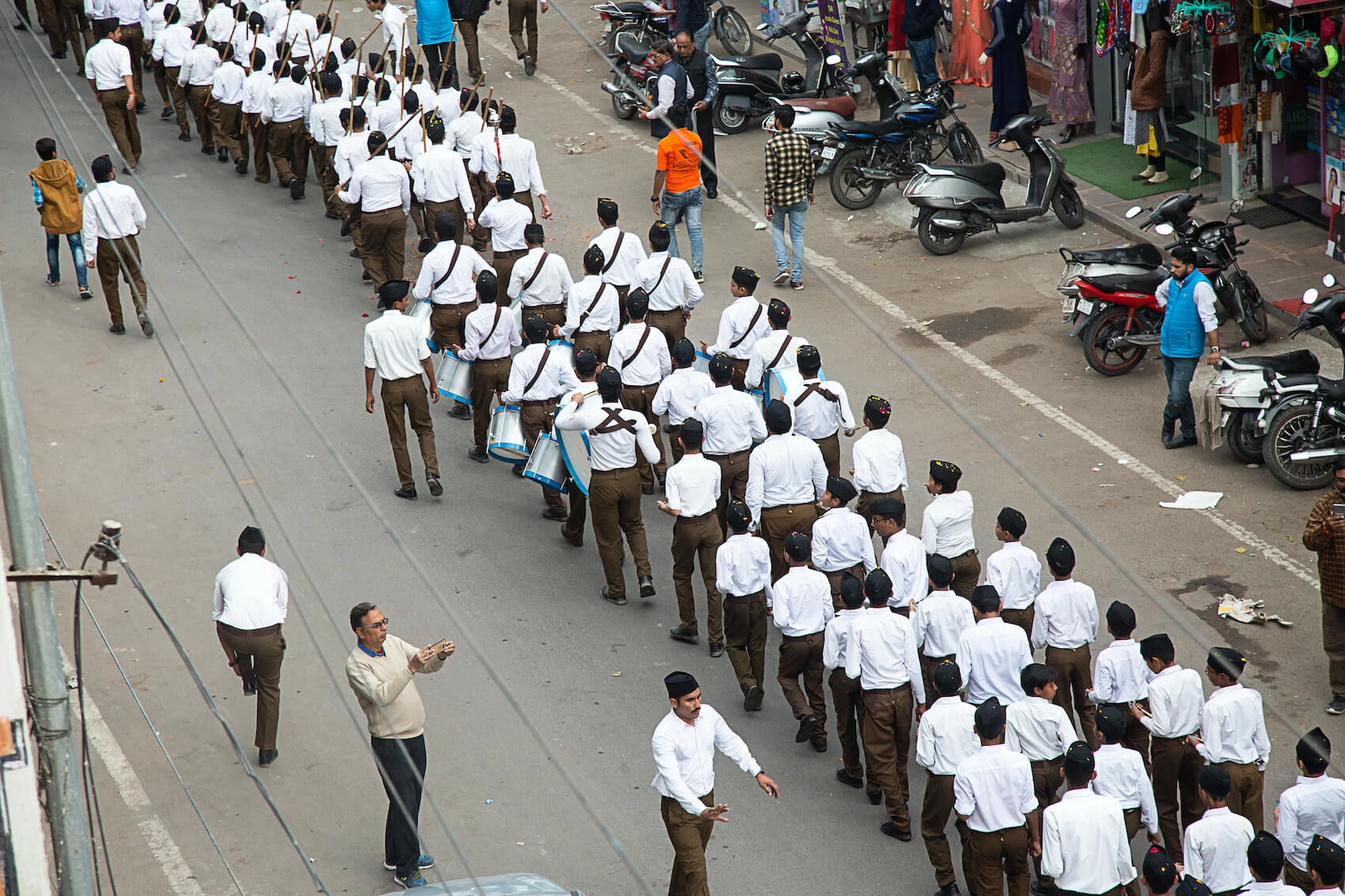Islamabad, Pakistan, 1 October 2024 – Pakistan will release the much-anticipated blockbuster The Legend of Maula Jatt on 2 October in India. This marks a historic moment in the film industry’s cross-border cultural exchanges. After more than a decade of unofficial bans and strained relations, this Pakistani film will be the first to hit Indian screens. It follows years of political and entertainment blockades.
Karachi-based distributor Nadeem Mandviwalla shared his optimism in an interview with The Print India, stating, “These are movies that the world should see. It has nothing to do with political agendas. Issues will continue, and it is our job to fix them. Steps like these are the way forward.” Mandviwalla’s perspective highlights the importance of cultural exchanges, regardless of geopolitical tensions, as a way to build bridges between nations.
A Breakthrough for Pakistani Cinema
The Legend of Maula Jatt, directed by Bilal Lashari, is a modern remake of the 1979 Pakistani cult classic. It has already smashed box office records globally, raking in over PKR 400 crore. Critics hail the film as a monumental achievement for Pakistani cinema. It elevates the nation’s soft power through its artistic excellence. The film’s Indian release will allow it to reach a wider South Asian audience. This comes despite initial political resistance from groups like the Maharashtra Navnirman Sena (MNS).
The Print India reports that the film will debut in India’s Punjab, reflecting its Punjabi roots. Subtitled versions aim to reach wider audiences. The strategic decision not to dub the film into other languages underlines a focus on retaining its authentic cultural flavor. This approach appeals directly to Punjabi-speaking communities on both sides of the border.
A Potential Shift in Cross-Border Entertainment
Tensions have marked the political climate between India and Pakistan, particularly after the 2016 Uri attacks. India’s subsequent decision to block Pakistani films added to the strain. However, the release of Maula Jatt could signal a thaw in the cultural freeze. In 2019, the Supreme Court of India dismissed a plea to ban Pakistani artists. This decision further paved the way for this landmark release.
Commenting on the significance of the film’s release, Mandviwalla added, “Maula Jatt is going to open up many things for the future. It will be a memorable milestone in the subcontinent. Because of this film, a lot of things will happen between India and Pakistan. This is just the start.”
Pakistani actors and directors have also expressed enthusiasm. Actor Usman Mukhtar termed the move as “a great step.” Mamya Shajaffar called it “wonderful,” emphasizing the cultural collaborations that could result from such initiatives. Director Danial Afzal noted that Maula Jatt showcases diverse narratives that go beyond stereotypical South Asian entertainment. The film moves past the usual Bollywood and Lollywood offerings.
A Soft Power Push for Pakistan?
While India’s film industry has long dominated South Asian screens, The Legend of Maula Jatt presents an opportunity for Pakistan to showcase its cinematic talents. A thriving film industry is emerging from decades of censorship and limited exposure, leading to global recognition of Pakistani cinema. Pakistani lifestyle magazine Fuschia noted that Maula Jatt “broke the curse after 10 years” of no Pakistani releases in India.
The growing popularity of Pakistani television serials across South Asia—especially through platforms like YouTube—has already demonstrated the demand for Pakistani content. The release of Maula Jatt reinforces Pakistan’s position as a cultural powerhouse, offering compelling narratives that resonate with audiences beyond political boundaries.
Challenges Remain
However, the cross-border film trade remains largely one-sided. Film critic Kamran Jawaid commented to The Print India, “Indian films received clearance to screen in Pakistan for years, but how many Pakistani films have made it to Indian screens? Two in the past decade?” He pointed out that while The Legend of Maula Jatt represents a step in the right direction, much work remains to ensure a balanced cultural exchange.
Jawaid also mentioned that Pakistani shows and films are more cost-effective to produce. This makes them attractive to streaming services and international platforms. However, this cost advantage should not overshadow the depth of talent and storytelling emerging from Pakistan. Films like Maula Jatt have the potential to capture global audiences.
A New Chapter for Subcontinental Cinema
While the release of The Legend of Maula Jatt in India is limited to the Punjab region, it is clear that the film’s success could open doors for future collaborations. Pakistani cinema is poised to contribute significantly to the global entertainment landscape, showcasing the country’s rich culture, talent, and storytelling prowess.
As The Legend of Maula Jatt makes its way to Indian screens, fans from both nations are hopeful that it will mark the beginning of more frequent cultural exchanges between the two countries—bridging divides, one film at a time.

